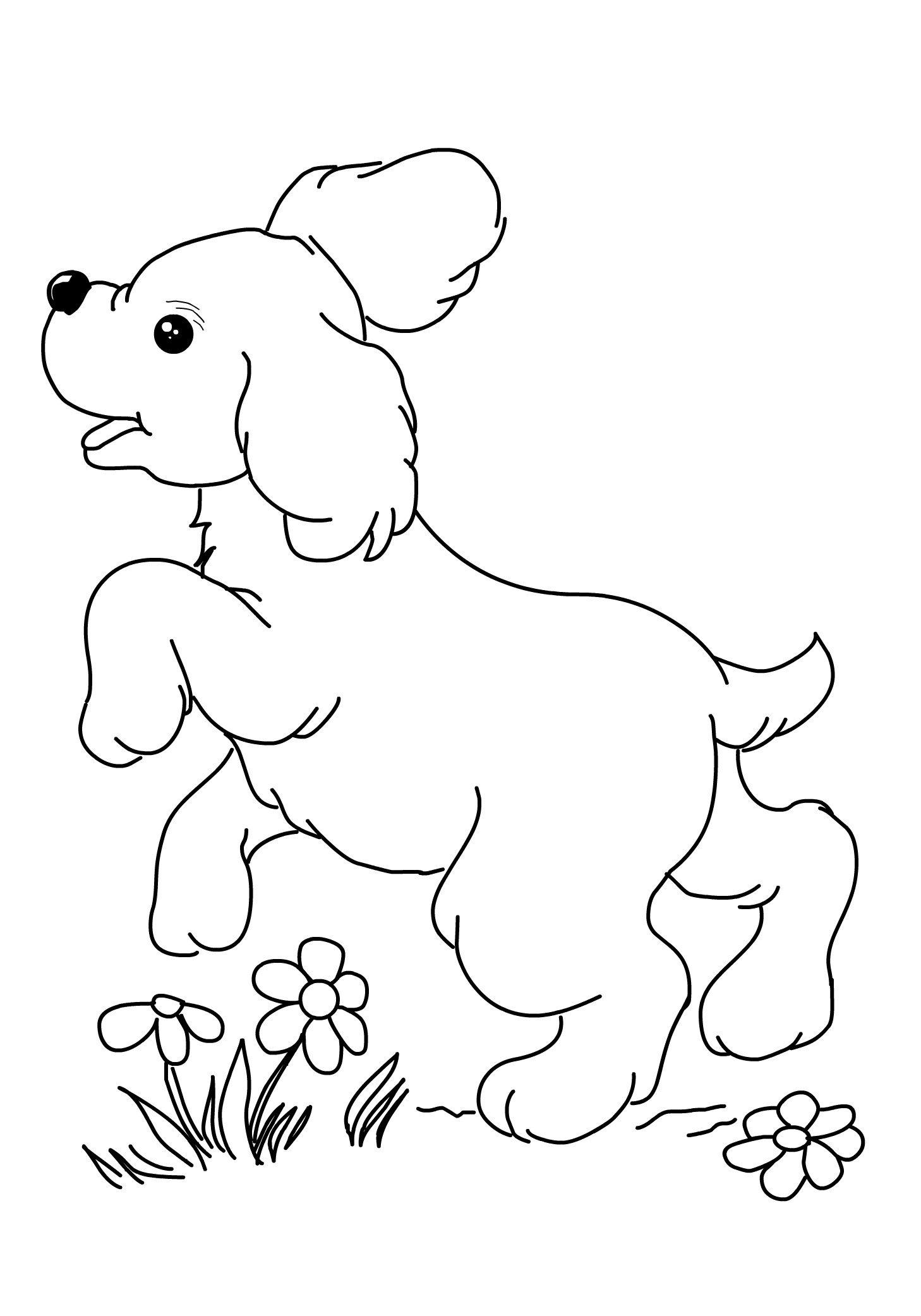

You can enhance this effect by coloring the rims of the paws black with thicker shadows. Puppy paws can seem a bit larger than the rest of the baby dog. Check the Internet to find out what they each look like. They also deserve appropriate fur, feathers, and coloring. Perhaps your puppy in the picture plays with a cat or bird. With the blanket or pillow in the crate or basket, you can color any shade you like. You need to also color these items in tan or brown, typically. These puppies may be lying in a crate or basket. Within each fur clump, add very small shadows with the darkest color. This is all about adding the right shadows and highlights, so you need three or four colored pencils or crayons close to the same color, but different hues. You can use a cotton swab to blend the fur clumps together, following the flow direction of the fur. Color your shadows wider and bigger at the bottom. Use shadowing in black and gray to add dimension, especially towards the base, or bottom, of the drawing. The fur should appear thicker close to the rear part of the body of your cute pup, as well as wider. Color fur clumps in at least one spot, since that is how it grows normally. It might stick up in places or overlap, draw their fur growing from all sides. Also, remember that animal hair doesn’t necessarily lie down. You should shade one side of the animal drawing to provide the effect of the pet standing in natural light. When coloring fur, your coloring page might provide guidelines to indicate fur sections, but you need to color in individual strands of fur and shadows between those fur hairs. With respect to coloring the puppy’s fur, you need to color it in 3D. It shows you the variations in a dog’s paw, tail, fur, etc. This lets you know what colors to use and in what combinations. You can use the Internet to look at photographs of each dog breed or check a book out from the library on dog breeds. For example, you would use black to color a black Labrador retriever, but shades of brown and dark brown to color a chocolate lab. The colors chosen will also depend on the breed of the dog and its variant. The colors you choose to use will vary depending on whether you color a cartoon doggie like a Paw Patrol Pup or a realistic coloring page of a goldendoodle puppy. Your puppy or puppies likely take up most of the page and leave little background for you to color. Think about blending your colors when you choose the media you use, since colored pencils or crayons or oil pastel sticks blend best.

You need a diverse set of colors from which to choose since these puppy coloring pages will contain many details. More animal coloring pages: Cheetah Coloring Pages | Deer Coloring Pages | Cow Coloring Pages | Snake Coloring Pages | Monkey Coloring Pages | Pig Coloring Pages | Lion Coloring Pages | Bunny Coloring Pages | Fox Coloring Pages Areas on a Puppy Coloring PageĮach puppy coloring page differs depending on the breed of the dog. An illustration of a cute puppy standing in front of its dog house and a smiling sun.


 0 kommentar(er)
0 kommentar(er)
